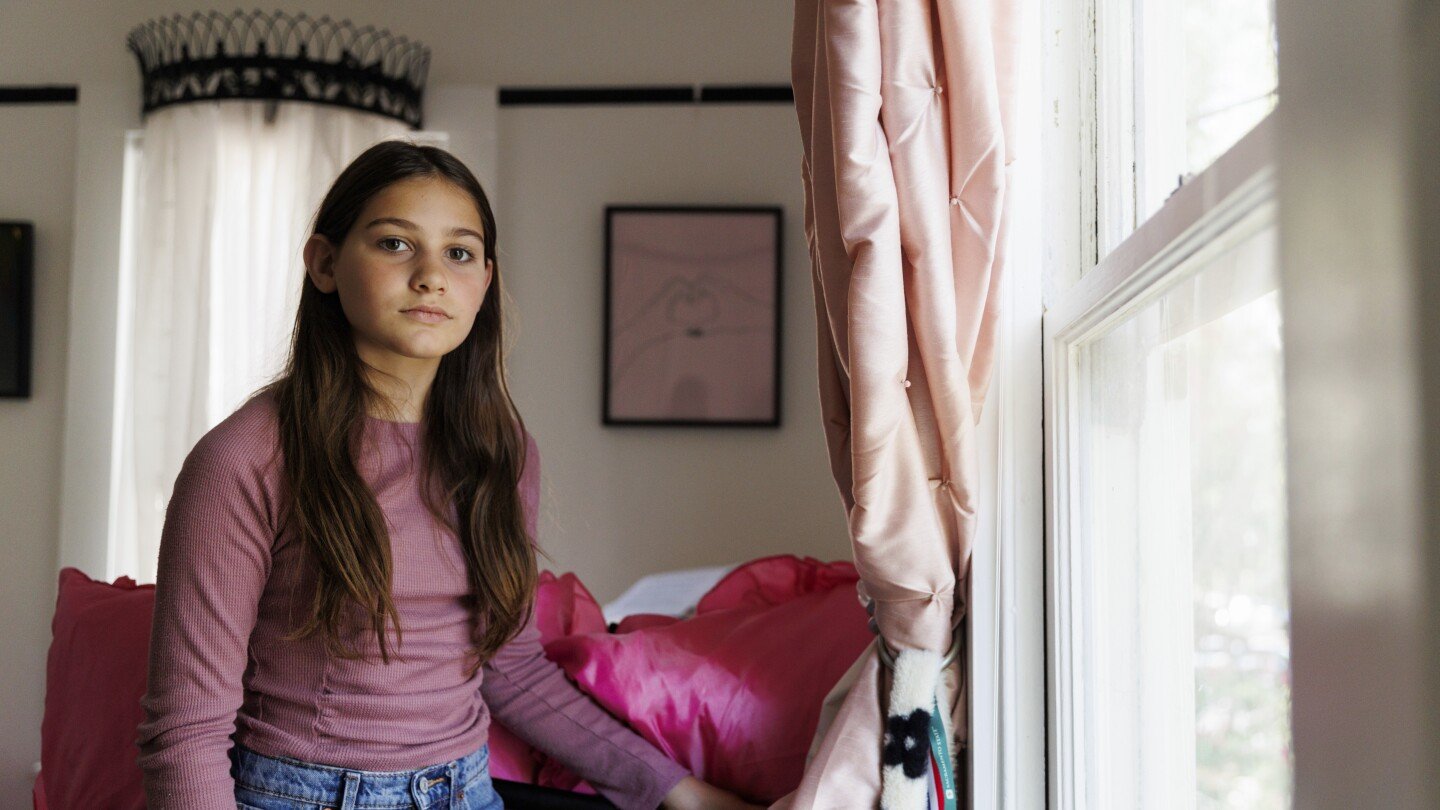When she was in fifth grade, Scarlett Goddard Strahan started to worry about getting wrinkles.
By the time she turned 10, Scarlett and her friends were spending hours on TikTok and YouTube watching influencers tout products for achieving today’s beauty aesthetic: a dewy, “glowy,” flawless complexion. Scarlett developed an elaborate skin care routine with facial cleansers, mists, hydrating masks and moisturizers.
One night, Scarlett’s skin began to burn intensely and erupted in blisters. Heavy use of adult-strength products had wreaked havoc on her skin. Months later, patches of tiny bumps remain on Scarlett’s face, and her cheeks turn red in the sun.
“I didn’t want to get wrinkles and look old,” says Scarlett, who recently turned 11. “If I had known my life would be so affected by this, I never would have put these things on my face.”
The skin care obsession offers a window into the role social media plays in the lives of today’s youth and how it shapes the ideals and insecurities of girls in particular. Girls are experiencing high levels of sadness and hopelessness. Whether social media exposure causes or simply correlates with mental health problems is up for debate. But to older teens and young adults, it’s clear: Extended time on social media has been bad for them, period.



I honestly have no idea how much they cost.
A container of Hydramoist is $30 at my local Sephora, though you can get it cheaper (and more likely to be counterfiet!) online. Most of the other stuff referenced I couldn’t find the exact products (I didn’t try super hard) but they’re in the $10-$20 each range. It’s not bank breaking, but it’s certainly more money than the average ten year old has laying around.
I think this article raises very valid concerns about the extreme influence the beauty industry is having on younger and younger people, and I have no doubt the girls referenced here were subject to that influence, and I am not arguing that influence needs to be much more strictly regulated. In this case, it seems extremely sensationalized to claim that its common for ten year olds to have the resources needed to develop a serious addiction to popular skincare products. Really, it feels like something from the DARE era, but with “marajuana” replaced with “sephora”.